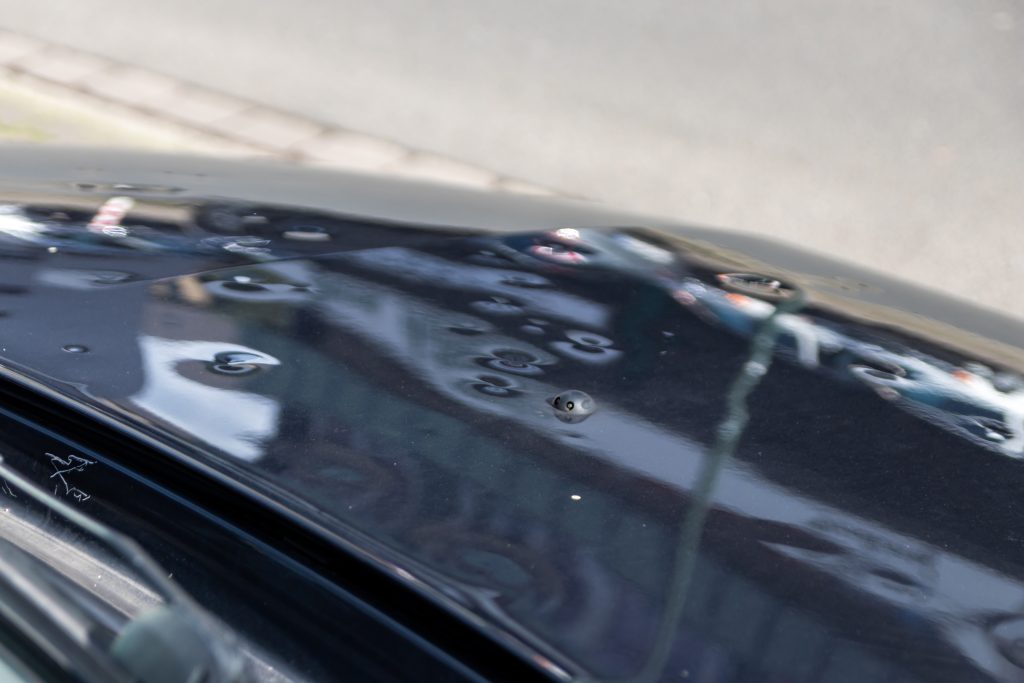Hailstorms, while often brief, can leave a lasting impact on vehicles. The sight of dents and dings might seem like a minor inconvenience, but the decision to delay repairs can lead to significant long-term consequences. This article explores the importance of addressing hail damage promptly and the risks associated with neglecting it.
Understanding Hail Damage
Hail, essentially frozen rain, varies in size but can be as large as a golf ball or even bigger. When it falls from the sky with force, it can cause varying degrees of damage to vehicles, from minor dents to shattered windshields. The immediate effects are usually cosmetic, but the impact can be more than skin deep.
Short-Term Impacts of Ignoring Hail Damage
Initially, hail damage primarily affects the appearance of a vehicle. Small dents and paint chips might seem inconsequential, but they immediately decrease the vehicle’s resale value. Additionally, even minor damages can compromise safety features, especially if the damage is near sensors or cameras.
Long-Term Consequences of Unrepaired Hail Damage
Over time, untreated hail damage can lead to serious issues:
- Rust and Corrosion: Dents can expose the metal underneath, leading to rust, especially in humid climates.
- Structural Weakness: Continuous exposure to elements can weaken the vehicle’s body.
- Resale Value: The longer the damage is left unrepaired, the more the vehicle’s value decreases.
- Insurance Complications: Future claims might be denied or complicated due to pre-existing, unrepaired damage.
The Financial Implications
Ignoring hail damage might seem cost-effective in the short term, but it can be financially draining in the long run. Repair costs escalate over time, especially when rust and corrosion set in. Insurance might not cover damage if it’s deemed a result of neglect, leading to higher out-of-pocket expenses.
Repair Options and Considerations
When it comes to repairing hail damage, vehicle owners have options. Traditional methods involve filling and repainting, but Paintless Dent Repair (PDR) is increasingly popular due to its cost-effectiveness and ability to maintain the original paint. Choosing a reputable repair service is crucial for ensuring quality work.
Working with Insurance for Hail Damage Repair
Dealing with insurance companies for hail damage can be daunting. It’s important to document the damage thoroughly and report it promptly. Advocating for quality repair is crucial, and understanding your policy can help ensure that the insurance company covers the appropriate repair methods.
Preventive Measures and Protection
To minimize future hail damage, vehicle owners can take several preventive measures. Using protective covers, parking in garages or under cover, and staying informed about weather conditions can significantly reduce the risk of hail damage.
The cost of ignoring hail damage extends beyond the immediate aesthetic impact. It can lead to long-term financial, structural, and safety issues. Addressing hail damage promptly not only maintains the vehicle’s value but also ensures its longevity and safety.


